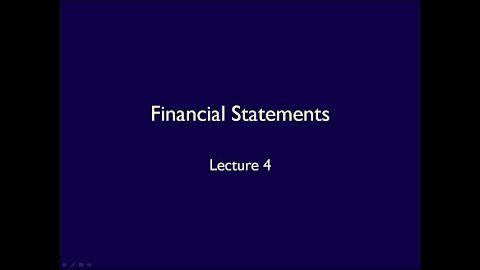財務諸表-講義4 損益計算書(ASPE (Financial statements - Lecture 4 Income Statement (ASPE))
陳虹如 が 2021 年 01 月 14 日 に投稿  この条件に一致する単語はありません
この条件に一致する単語はありません- v.t./i.出場する;計算する;思う;思う
- n.姿 : 体形;数字;人物像;図表;著名人;姿の輪郭;数字
US /ˈpɪriəd/
・
UK /ˈpɪəriəd/
- n. (c./u.)期間 : 時代;強調;終止符;生理;授業時間 : 時限
US /ˈmʌltəpəl/
・
UK /ˈmʌltɪpl/
- adj.複数の;多様な;多発性の;多重の
- n. (c.)倍数;多数;倍率
- pron.多数
US /ˈkɑnsɪˌkwɛns,-kwəns/
・
UK /ˈkɔnsikwəns/
エネルギーを使用
すべての単語を解除
発音・解説・フィルター機能を解除

